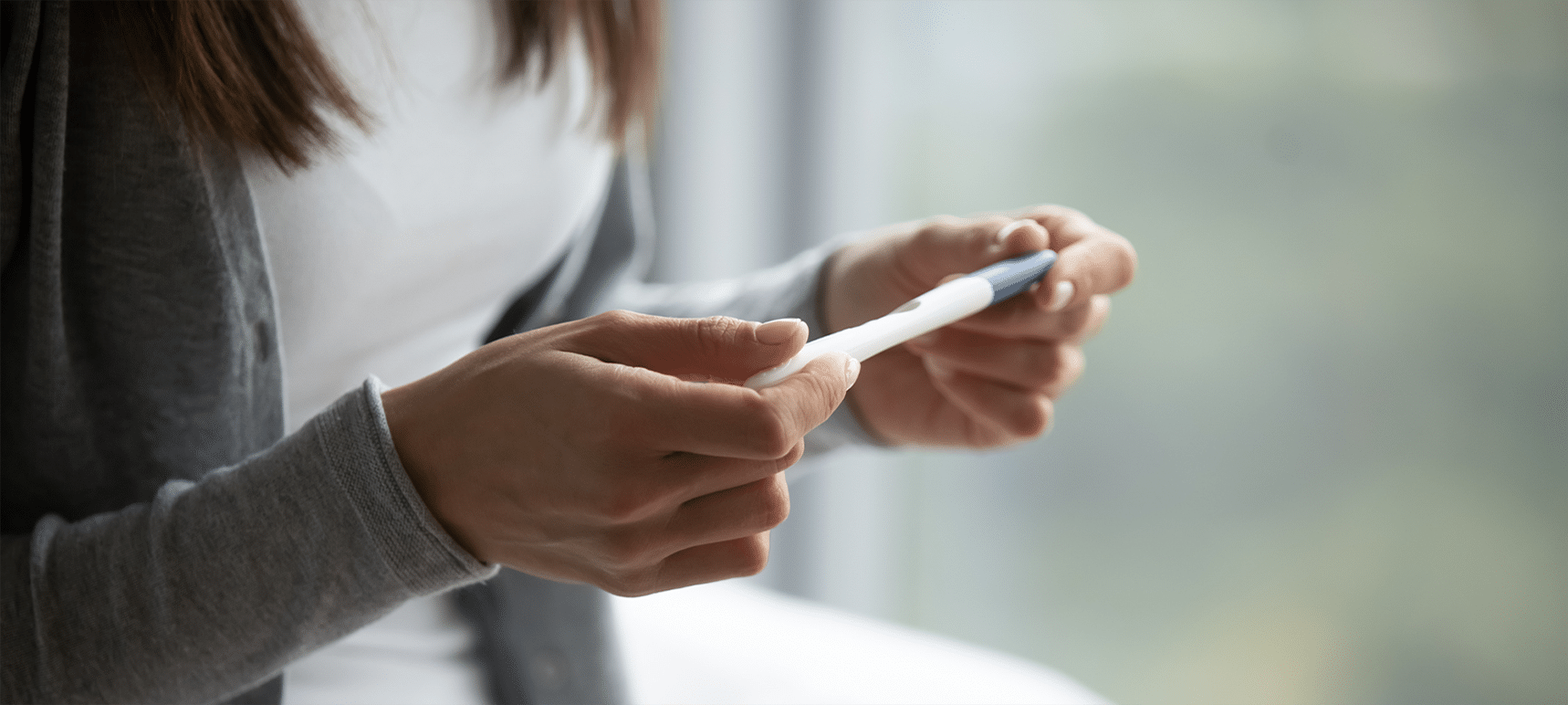
Tips for Managing Stress with Quick Mindful Breathing Exercises
Breathing is a process that most of us take for granted. We can use our breath in order to slow our mind down, to become more aware of our body and its surroundings, and to decrease our stress. Through focusing on our breath, we can elicit the relaxation response (Harvard Health Blog) as we dial down our sympathetic nervous system which prepares us to fight or run from danger and turn up our parasympathetic nervous system that helps us to rest and relax.
This is especially useful when trying to conceive as it’s common for women trying to get pregnant to feel increased stress, especially if they’ve been unsuccessful at first. (See this March of Dimes website for more information on Stress in Pregnancy). In addition to seeing your CNM or physician during this preconception time, we encourage you to try some of the breathing techniques below to help you feel more relaxed during this important time in your reproductive health journey.
Our breath is a powerful stress management tool that we have with us at all times.
Relaxation Response: By Harvard Physician Dr. Herbert Benson (see the Benson-Henry Institute for more information on Herbert Benson’s work).
- Get into a comfortable sitting position with your feet on the floor.
- Relax your muscles and close your eyes if you feel comfortable doing so.
- Think of a word in your native language or a phrase that you associate with calm or peace.
- Breathe in and on the out breath repeat the word or phrase to yourself. Don’t try to alter your breath but rather just notice your breath. With each breath in, feeling calm, and with each breath out, thinking of your word or phrase. My favorite word to use is love but you can choose whatever works best for you.
- Continue doing this until you feel ready to open your eyes, move your muscles, and return to your daily activities.
- Try to do this at least twice or three times a day.
Mindful Breathing with Hand Tracing
- Hold your left hand in front of you and focus your gaze on the back of your left hand
- With your right pointer finger, touch the left side of your left hand’s wrist
- As you breathe in, move your right pointer finger up to the tip of your left pinkie finger
- As you breathe out, move your right pointer finger down the side of your left pinkie finger until it is at the base where your left pinkie finger and ring finger connect
- With your next inhale, bring your pointer finger of your right hand up to the top of your ring finger
- And then exhale and bring it down on the other side of your ring finger
- Breathe in and trace up your middle finger
- And out and trace down your middle finger
- A relaxing breath in and your moving up your left hand’s pointer finger
- And out while tracing down your pointer finger
- And in again tracing up your thumb
- And out tracing down your thumb to your wrist
- At this point you can rotate your left hand so that you are looking at your palm and with your next in breath, trace up your thumb
- And breathe out tracing back down your thumb
- Continue this pattern breathing in and out, with your focus on your gaze on your hand, being mindful of how it feels to have your finger touching your other hand
- You want to be mindful of your breath but not trying to make it particularly slow or to force a certain rhythm
- When you finish 5 breaths while looking at the palm of your left hand, you can switch hands and use your left pointer finger and touch your right wrist and get ready to trace it while looking at the back of your right hand
- When you finish this hand, then rotate your hand and do the other side
This entire practice takes you through 20 mindful breaths which only takes a couple minutes but can help you re-center, relax, help you to destress while taking a few moments for self-care. For more information on mindfulness during pregnancy, see this website from the Greater Good Science Center.
Box Breathing with Hands on Chest and Abdomen
- Lay down or sit in a comfortable position. Close your eyes if you are comfortable with this.
- Place one hand on your chest and the other on your abdomen.
- Notice your breathing. Is your hand on your chest moving more than your hand on your abdomen. If so, you may be breathing shallowly. Become aware of your breathing for a few minutes.
- Next imagine a box or a square. With this exercise, you are going to breathe in for about 4 seconds, then pause for 4 seconds, then breathe out for 4 seconds, and pause for another 4 seconds before repeating. You can imagine each of those 4, 4 second time periods as being one side of the square or box.
- Take a deep breath and try to make your hand on your abdomen rise while taking this in breath. Your other hand on your chest should stay fairly still, feeling your heartbeat. This should take about 4 seconds.
- Pause after the inhalation for about 4 seconds or a count of 4. Try not to let any air escape out during this time.
- Breathe out fully through your mouth while feeling your hand on your abdomen lower while your hand on your chest stays fairly still, noticing your heartbeat. This should take about 4 seconds.
- Pause after the exhalation for about r seconds or a count of 4, not letting any air escape in if possible.
- Repeat as long as desired. Many people find that doing this for even a minute helps them feel relaxed and rejuvenated to continue their day. Others use it to relax prior to bed. Experiment to see what works best for you.
Whether you are in an elevator, preparing for a work presentation, or trying to relax after a long day’s work, you can focus on your breath with these simple exercises to increase your relaxation. As you become increasingly aware of your ability to relax through focusing on your breath, you’ll have learned a skill that you can use for years to come. You may even teach this to your future child, once they are old enough to learn and benefit from these breathing practices.
Share This Post
























